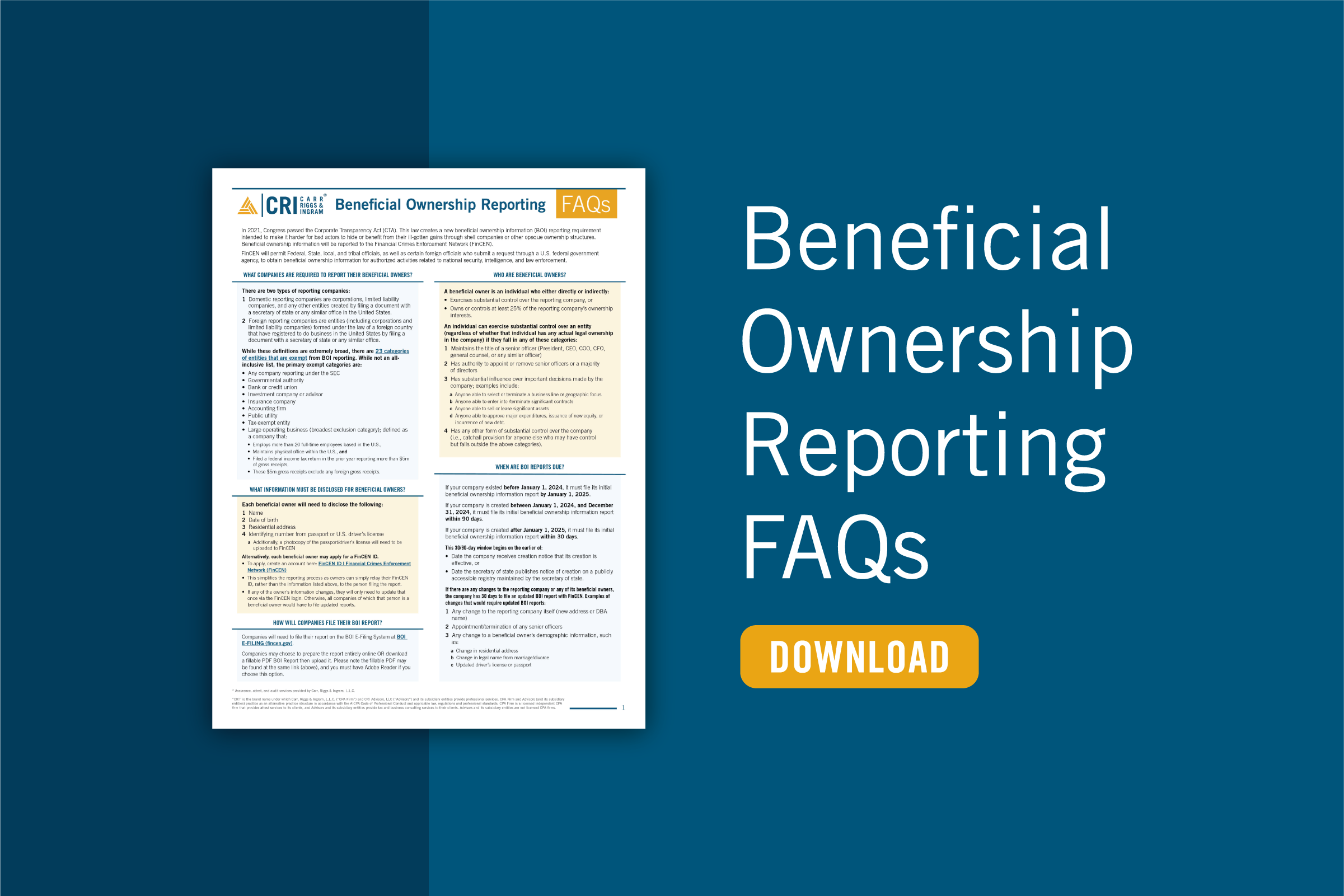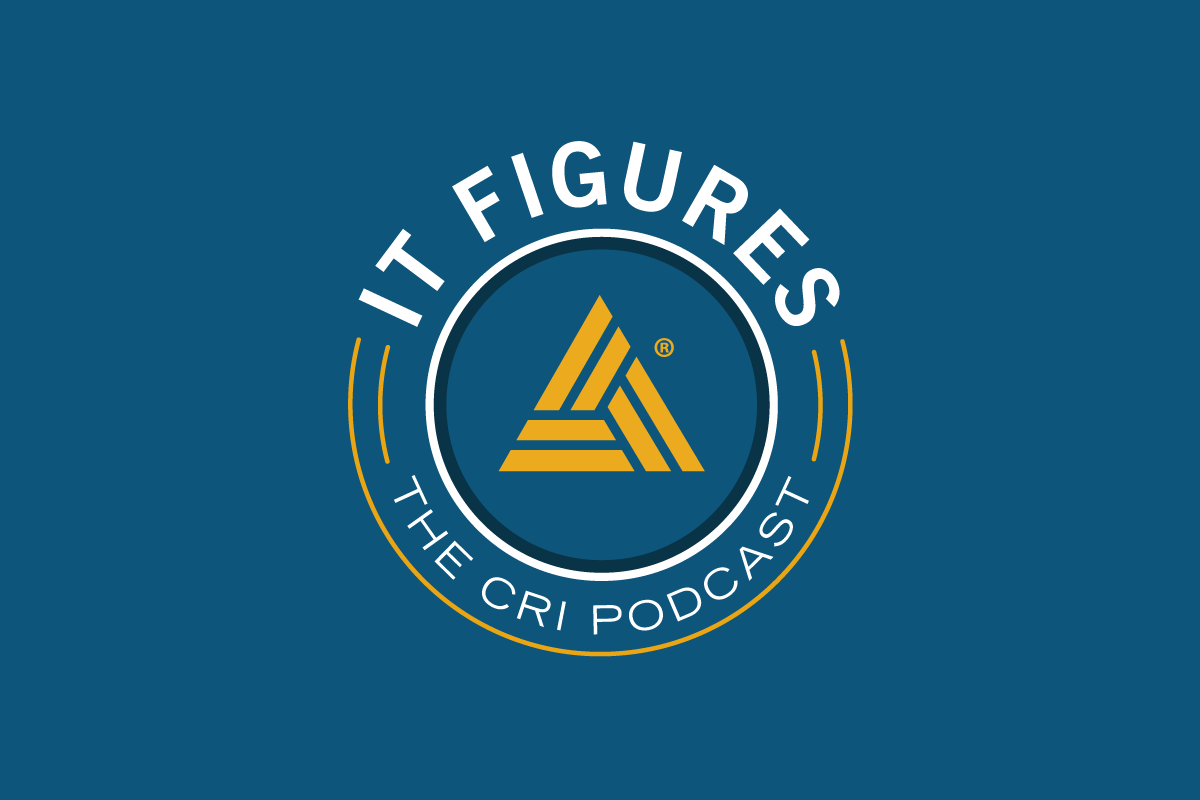Making Intrafamily Loans with Intentionally Defective Grantor Trusts
- Contributor
- Deanna Muldowney
Feb 24, 2021
Interest rates are at historic lows right now, making it a great time for intrafamily loans. By making a loan to an intentionally defective grantor trust (IDGT), families with substantial means can move highly appreciable assets outside of their gross taxable estate while making a tax-free gift to one or more family members.
The word “defective” can cause taxpayers to look askance at this type of trust, but there’s nothing wrong with these irrevocable trusts per se. The intentional “flaw” in their structure means the IRS does not recognize a change in ownership of the assets, so the grantor of the trust continues incurring and paying the income tax liability for the assets it holds. Like other grantor trusts, the IDGT is a disregarded entity that the IRS considers to be tax neutral.
The IRS doesn’t consider the assets in the trust to have changed ownership for income tax purposes, but it does view them as no longer part of the estate. This technical difference means that the grantor reduces the size of the taxable estate and avoids potential gift taxes while the assets within the trust grow tax-free.
Intrafamily loans using IDGTs are especially valuable if the borrower (the trust) uses the loan to purchase something that appreciates at a higher rate than the interest rate on the loan, such as shares of a closely held business. This strategy allows ownership stakes in a family-owned business to pass outside of the estate, taking advantage of the tax-saving aspects of an IDGT as well as today’s ultra-low applicable federal rates (AFRs).
How It Works
For a closer look at the mechanics of an intrafamily loan using an IDGT, consider a hypothetical family, the Richards family, and their closely held company, Richards Rockets.
The founding owner, Rory Richards, wants to act while interest rates are low, so she sets up an IDGT for her three children. She gets a business valuation to make clear that this is a loan rather than a gift, and then sells $14 million worth of shares in Richards Rockets to the trust, taking a note back from the trust at the current AFR.
The share price is set at fair market value, which is discounted for minority interest as well as lack of marketability, since Rory hadn’t positioned the business for a sale. She is not required to report the sale of the shares for federal income tax purposes because the IDGT is a disregarded entity, tax-wise.
The trust receives dividends from those shares and uses the income to pay back the principal and interest on the loan. Meanwhile, Rory pays ordinary tax on the dividends that go into the trust, because the sale was made to an IDGT and she is the owner of that trust for income tax purposes.
After a few years pass, the shares have appreciated, the loan is repaid in full, and the trust has paid no income tax on its dividends. Rory’s taxable estate value is lower than it would be if she had kept the shares, which are now worth more, and she has given each of her children a healthy stake in the family business — without ever dipping into her gift and estate tax exemption!
Attractive but not Risk-Free
Like Roth conversions, making an intrafamily loan using an IDGT is a way to pay the income tax for the beneficiary without reducing the amount of lifetime gift and estate tax exemption available. But using an IDGT this way does carry some risk.
It remains to be seen how the Biden administration will look upon these arrangements. Current proposals under discussion would impose gift tax consequences on a creator’s payment of trust income taxes, thus eliminating some of the strategy’s advantages.
It is also important for the grantor to stay on the right side of the IRS by imposing an appropriate interest rate and taking other steps to ensure the IRS recognizes the transaction as a bona fide loan. Failure to comply with the necessary guidelines can spur the IRS to treat the loan as a gift, triggering a different tax picture that reduces the value of the IDGT strategy.
Bottom line, IDGTs allow high net-worth families to transfer wealth to the next generation without incurring gift or estate taxes, while lowering the taxable estate value in the process. Implementing this strategy successfully requires careful planning and the guidance of knowledgeable tax advisors. To explore whether an IDGT loan might benefit your family, reach out to the estate and tax planning professionals at CRI.










































































































































































































































































































































































































































































